
A lot more happened in 2020 besides the coronavirus and the pandemic. It seems very odd, because when we look back on this year, our head is undoubtedly completely bogged down in how COVID-19 changed our lives. But Guanacaste went through much more than that, and at The Voice of Guanacaste, we decided to create a summary of 10 main points with news reports, photos and videos:
- 2020 Municipal Elections: The year began gearing up for changes in local governments. In our coverage, we found that a candidate for second vice mayor of Nicoya for the National Integration Party (PIN- Partido Integración Nacional) was under criminal investigation for allegedly having sexual relations with a minor (article in Spanish only). After The Voice revealed this information, Diego Ramirez withdrew his candidacy.
The results on election day led to profound changes in the province with some local political parties winning, a former mayor returning to a familiar position, the first female mayor in Bagaces and a few other mayors re-elected. Relive it here.
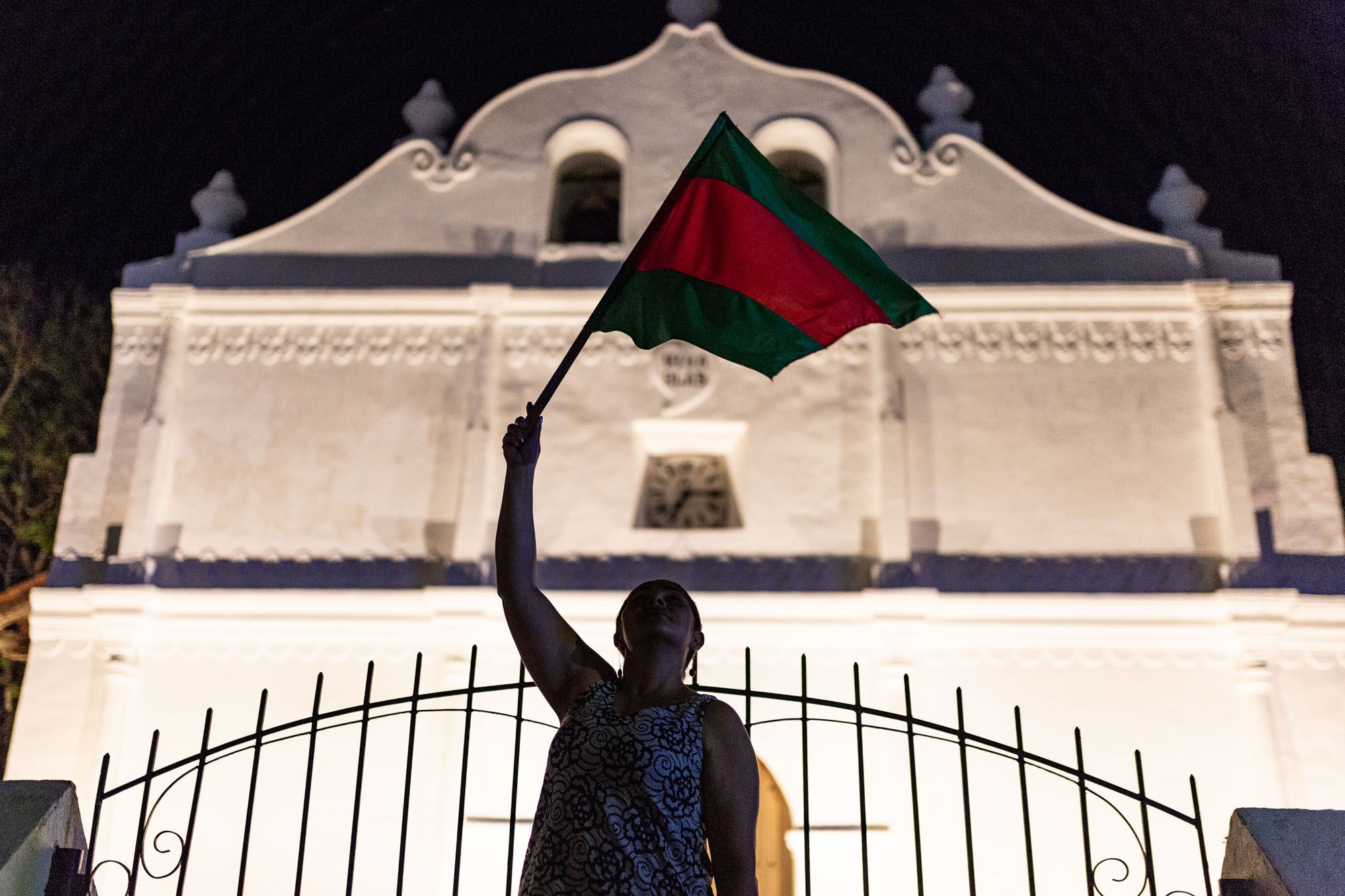
February 4, 2020. A woman waves the Gran Nicoya party flag in front of the Colonial Church in Nicoya to celebrate the local party’s triumph. Photo: Cesar Arroyo Castro.
- Climate Change and Resilience Special Edition: Our first special edition this year (and, by the way, the last printed edition for now) was about the impact that climate change is having on our province, and above all, the people who are working hard every day to slow down its effects on our ecosystems.
In this issue, we told you about a Guanacaste Conservation Area hoping to save the last dry forest in Mesoamerica, women who are restoring a mangrove in La Cruz, groups that transplant corals along Guanacaste’s coast and fishermen who work in increasingly warmer waters…with no fish.
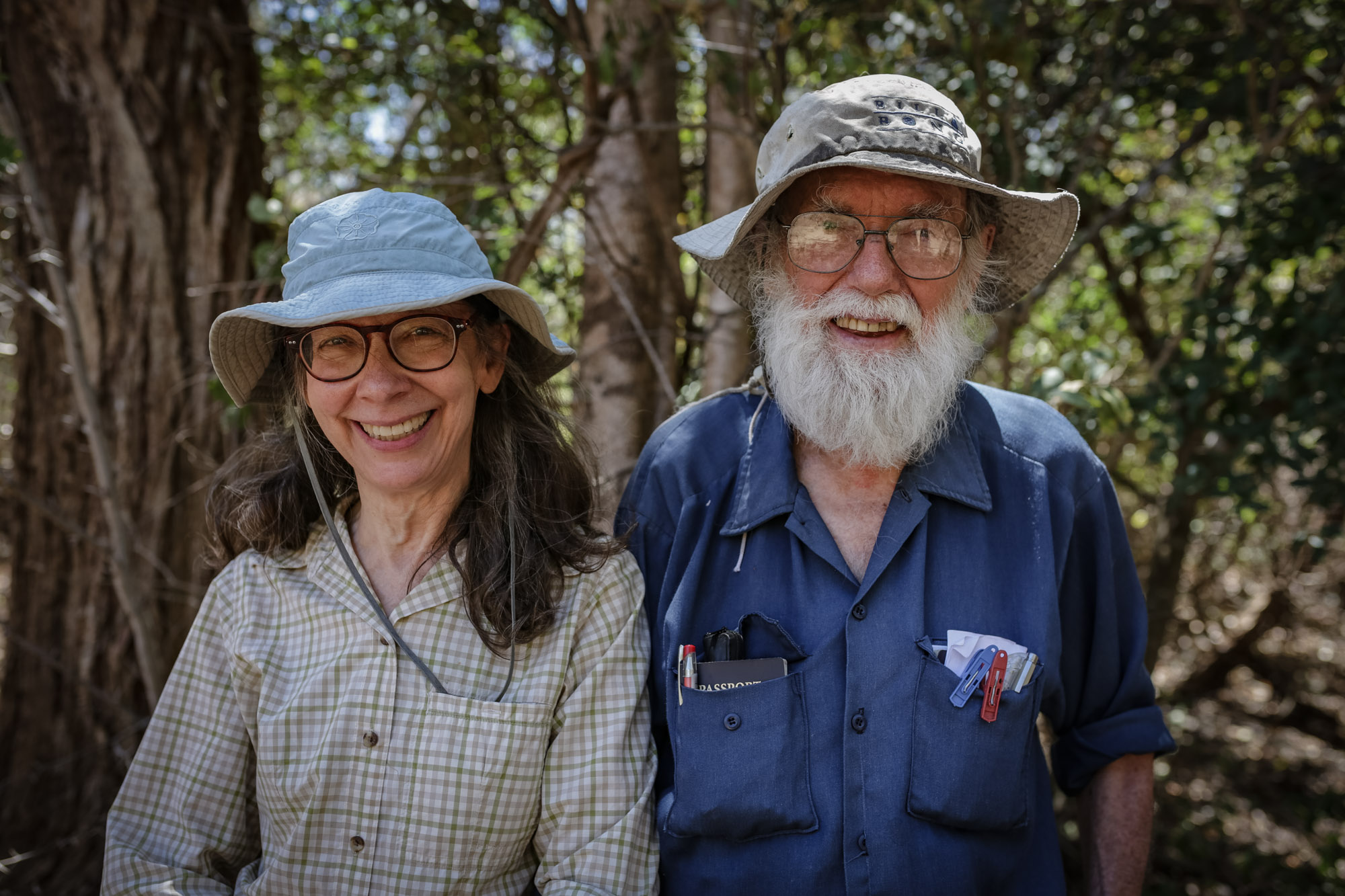
March 2020. Winnie Hallwachs and Daniell Janzen are like parents to a dry forest in Costa Rica. They say that between the two of them, they’ve been living in the forest for 109 years now. Photo: Cesar Arroyo Castro.
Climate change isn’t something that’s made up. This is how Christiana Figueres envisions the province’s future if we don’t rethink things and modify what we’re doing.
By the way, we put this special edition together by organizing and participating in a camp with experts in the field.
- COVID-19 from a Regional Perspective: In March, the pandemic broke out in the country and, with the conviction that we should first find out what we were experiencing in order to figure out how to face it, we created a section on our website dedicated to covering the impact of COVID-19 on the province. For example, we shared a photo gallery of an unusual Holy Week and two chronicles of how everything changed in Tamarindo and in Nosara.
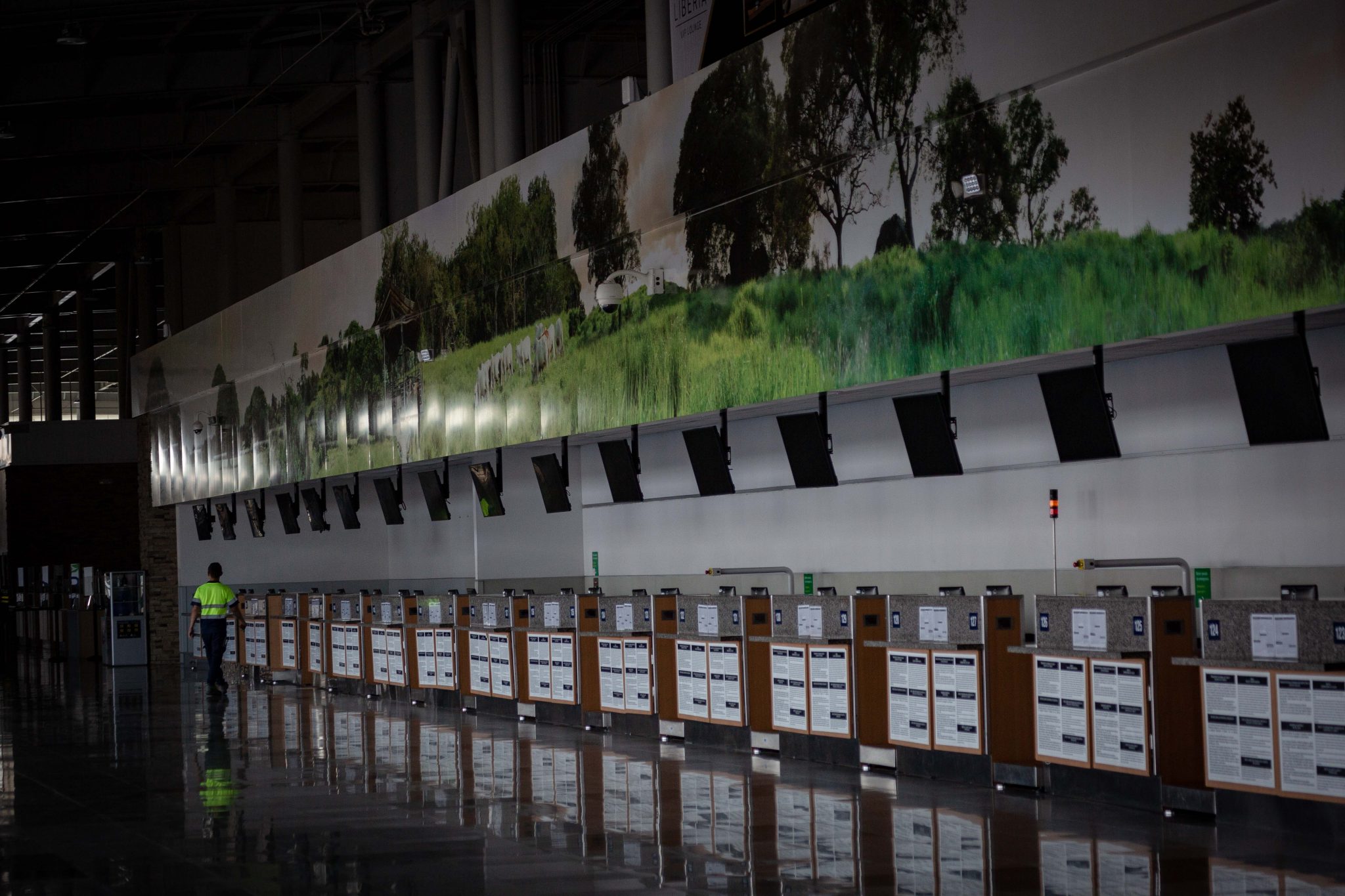
April 2020. An employee at Daniel Oduber Airport in Liberia walks in front of empty counters. The government of Costa Rica signed a decree on March 18, 2020 that restricted foreigners from entering the country in order to prevent a massive spread of the coronavirus. Photo: Maribel Arango.
- Virtual Tours of Guanacaste’s Culture: At the beginning of this year, we planned to host walking tours through Nicoya, Santa Cruz and Liberia, delving into the cultural histories of each canton, but the pandemic hit and changed our plans. So we produced virtual Identity Tours instead, which you can rewatch any time you want to learn about part of the history and culture of Guanacaste.
- Immigrants from Another World in Guanacaste: Thousands of immigrants from Asia, Africa and the Caribbean make their way through our province with the dream of reaching North America. For this special collaborative report, we spent six months investigating the subject along with 19 other media outlets from all over Latin America. We reported about how they journey on clandestine trails through Guanacaste to Nicaragua, often in the hands of immigrant smuggling networks. A woman in La Cruz known as Mama Africa is under investigation for being the leader of a national ring.
- The Drawn Border: Happily, collaborative projects abounded this year. Together with journalists from Confidencial from Nicaragua and Interferencia de Radioemisoras UCR, we toured the border communities of La Cruz, Upala and Los Chiles to find out how COVID-19 clearly drew the border line that they had rarely perceived before. To tell you these stories, we produced written and audiovisual reports and our first podcast series (podcasts in Spanish only).
- Stories We’ve Been Following for Years: Since 2017, when Ronaldi Sequeira Duarte killed his wife, Mariana Leiva Fernandez, from Liberia, we’ve been following this story. The family has gone through years of legal battles, but now Sequeira has at last been given a final sentence for this femicide.
Another story we’ve followed for years is the community of Nosara’s quest for improvements to Route 160. After three decades of broken promises, part of the road to Nosara has finally been paved.
- GuanaData beyond Guanacaste: This year, we extended past Guanacaste to explore municipal resources beyond our province. In the fourth edition of GuanaData, we analyzed the management of public budgets in six municipalities in the country (Nicoya, La Cruz, San Carlos, Puntarenas, Talamanca and Limon), reporting on projects that have been held up for years and errors in putting these resources to use.
- Solutions During the COVID-19 Pandemic: As part of the Punto y Aparte journalism project, student Eduardo Costa spent months reporting on initiatives and projects aimed at solving problems caused by the COVID-19 health emergency. Learn about all of these inspiring stories here.
- An Innovative #NoRoomForViolence Edition: For the third year in a row, we put together a special edition to tell stories of the resilience of women in Guanacaste, but for the first time, it was 100% digital. Berti, Adriana and Kerem are a reflection of the harsh reality of the gender violence in the province that hundreds of other women like them experience.
As part of the special, taking into account stay-at-home orders, we also portrayed the overload of work that women like Odetth experience at home, something that worsened during the pandemic.
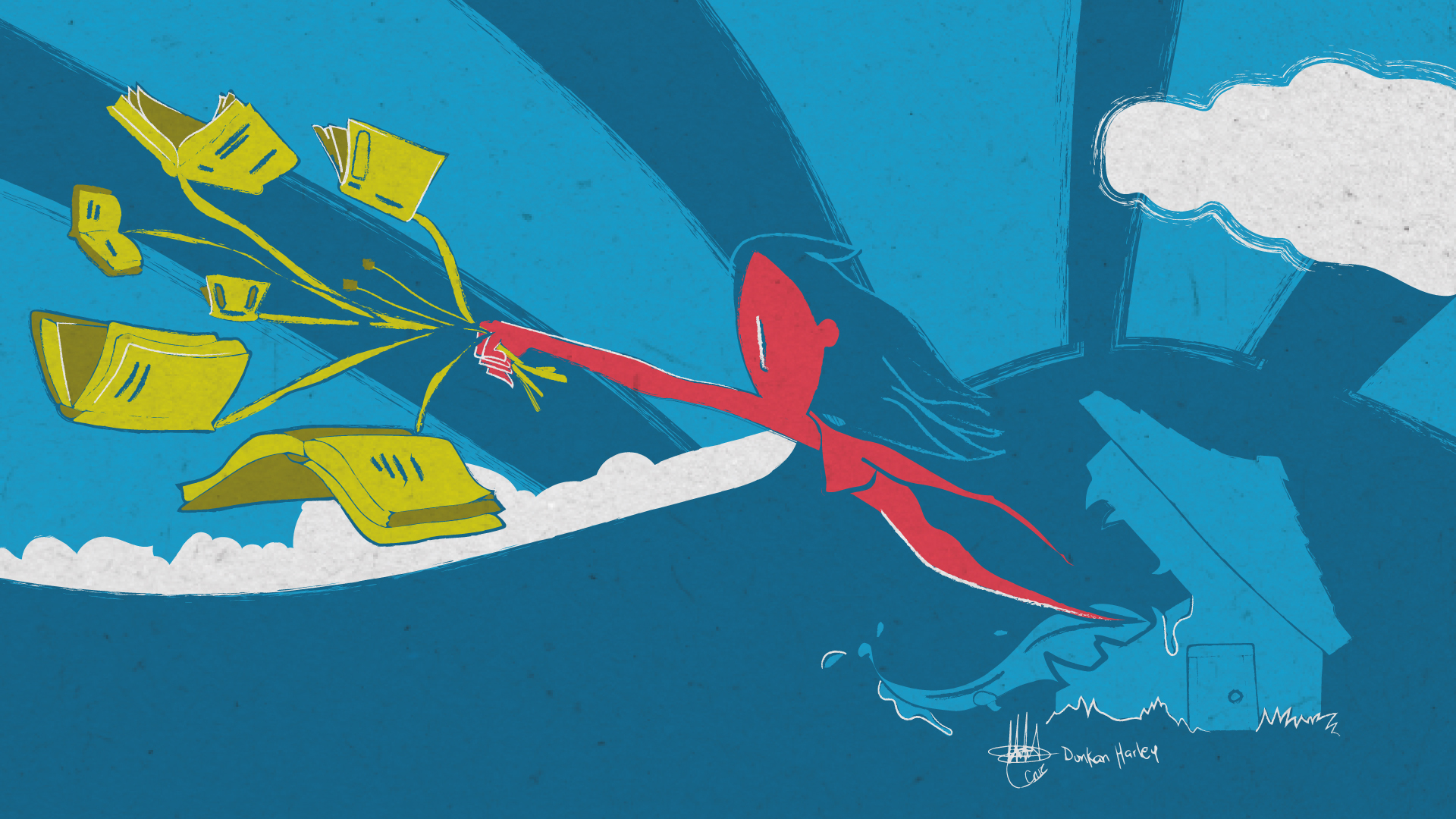
Illustration: Dunkan Harley
BONUS: Don’t miss our augmented reality experience in Spanish, (Over)loaded. “It’s an interactive piece to narrate the emotional, work and family overload of women. The story mixes our physical environment with new sensory stimuli, such as sound and body movement, in order to explore information in an immersive way. It’s also the first augmented reality experience in Central American journalism,” our director, Gabriela Brenes, remarked.


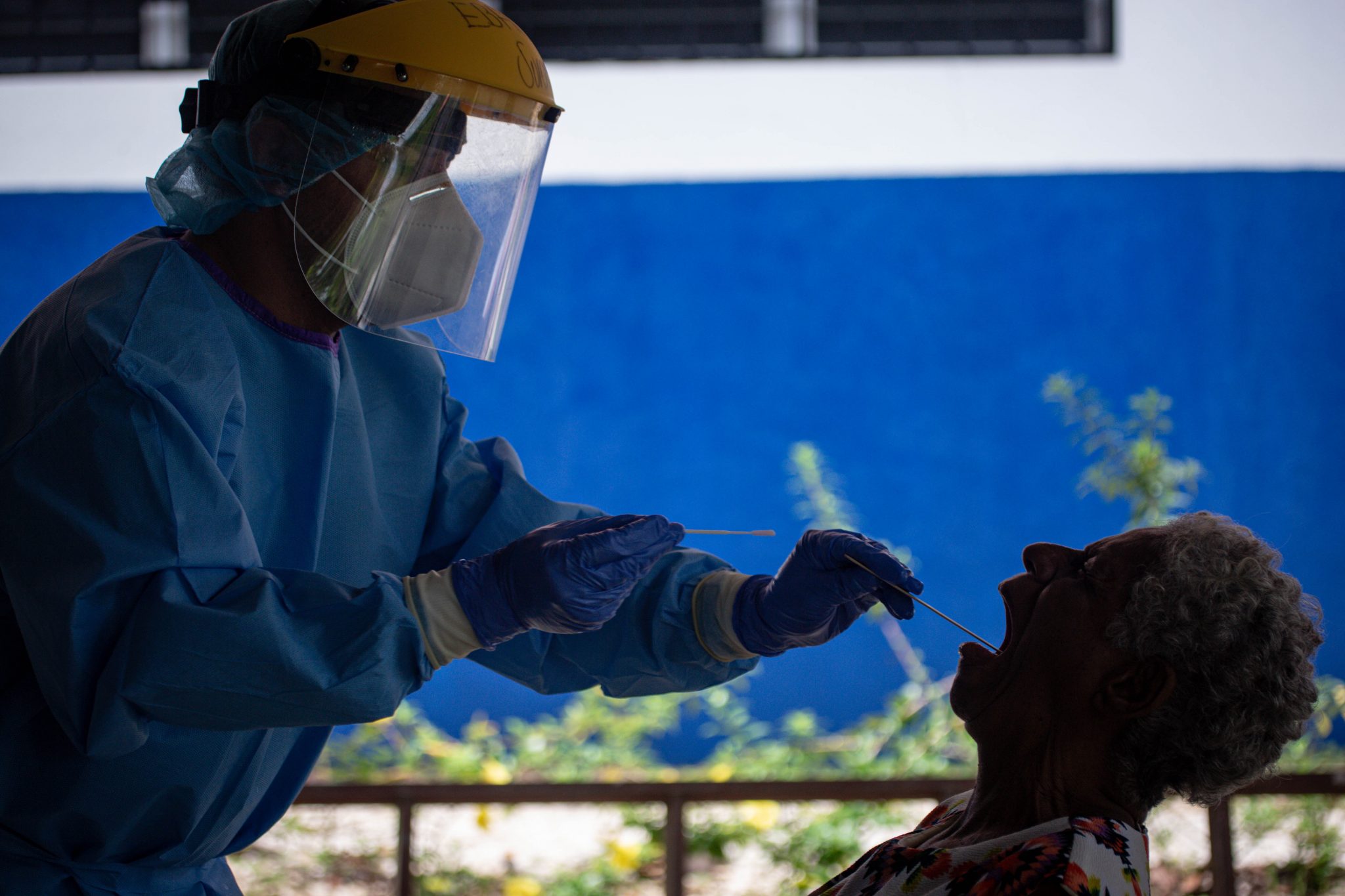
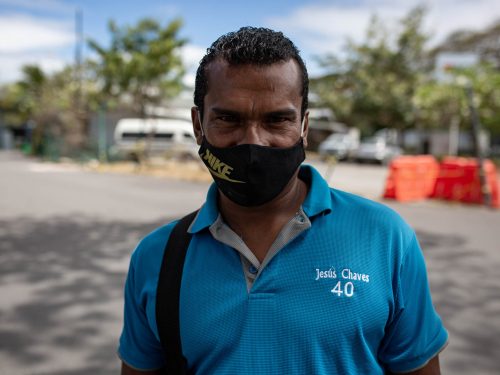
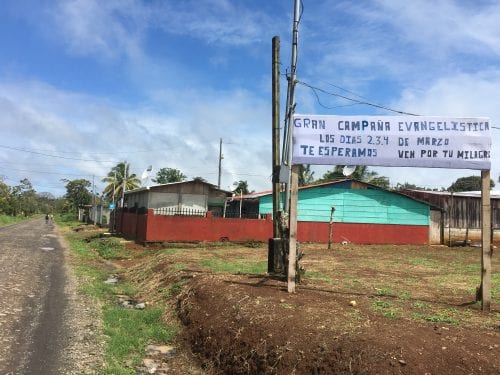


Comments